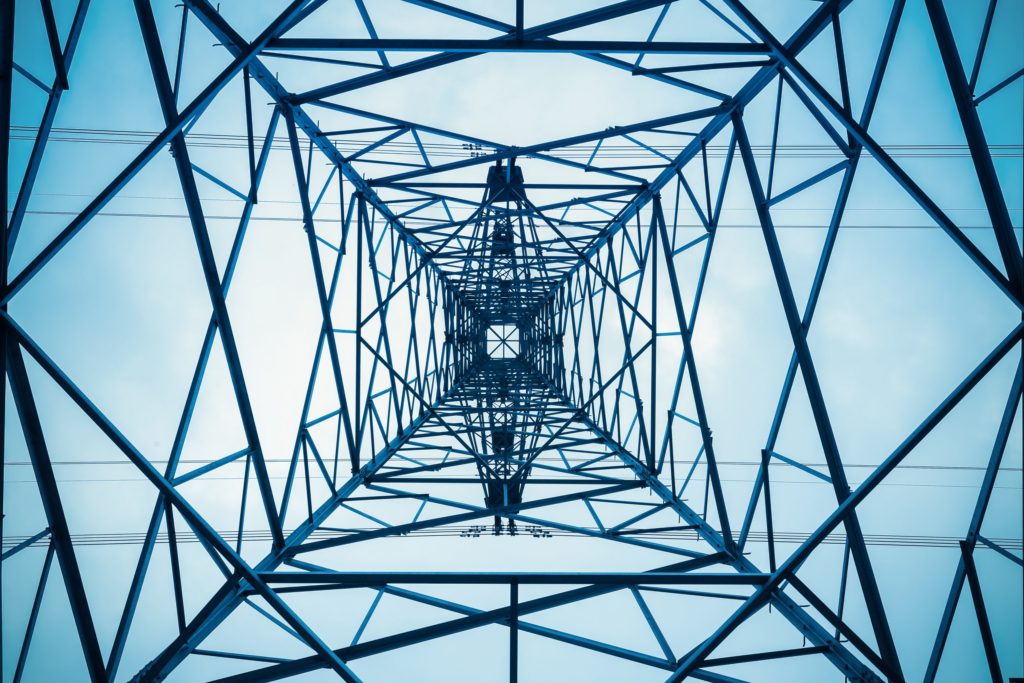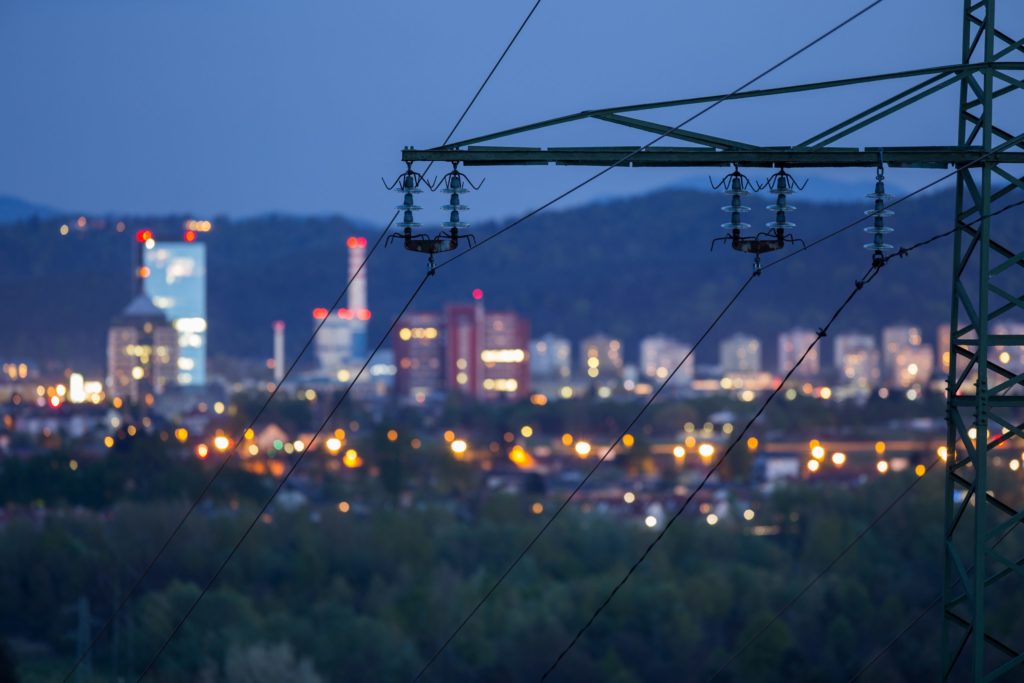SEEMs Like a Problem
Last Friday was a big day for electricity policy nerds. For several years, electric utilities in the southeastern United States have been waging a legal battle with consumer, environmental and free-market advocates over a proposal to create a “Southeast Energy Exchange Market” (SEEM). The utilities view SEEM as a better way to trade with each other without the loss of control that would come from entering an organized wholesale electric market. Critics, on the other hand, have argued that the benefits of SEEM are paltry compared to a full organized market and that the proposal lacks the independence and robustness needed to deliver benefits to consumers. On Friday, a federal appeals court agreed at least in part with the critics, invalidating SEEM on the grounds that it violates federal regulations that require open access to such markets.
In most of the country, wholesale electricity trading is handled via organized markets—known as regional transmission organizations (RTOs) or independent system operators—that manage grid reliability and ensure fair and smooth functioning of the market. One major exception is the Southeast, which to date has lacked any sort of organized wholesale electric market. The lack of an organized market can pose problems for utilities as they try to manage supply and demand within their territory. Currently, if a utility needs to buy additional power to meet customer needs, the utility has to call or email other utilities to see what is available and to try to negotiate terms. This process can be a time-consuming hassle, which can be a serious issue given that electricity decisions often need to be made quickly.
SEEM was the utilities’ answer to this problem. The proposal would have set up an exchange—controlled and run by the utilities—that would provide an automated system to match buyers and sellers of electricity at an acceptable price.
But while SEEM would be convenient for utilities, its limited structure would have provided little to no benefits to consumers. Some estimates suggest that SEEM would save 0.35-0.40 percent of total production costs regionally in the base case. By comparison, a 2005 study found potential savings of 2.5 percent in annual productions costs to the Southwest Power Pool from a more robust market system, albeit one still short of a full RTO.
SEEM’s participation requirements also unfairly discriminate against non-utilities. Currently, there are at least 65 entities that have ongoing bilateral trading relationships with SEEM members but are ineligible to participate in the SEEM exchange. It was this feature of the SEEM proposal that the court found violated federal regulations mandating non-discrimination between market participants.
The future of SEEM remains to be seen. It is possible that a revised version of the proposal that takes into account the court’s objections could meet approval from federal regulators. At the same time, several states in the Southeast are already exploring full RTO membership. Even if SEEM still needs more work, this may represent an opportunity for utilities to step back and reassess the benefit of pursuing such a limited market structure.







